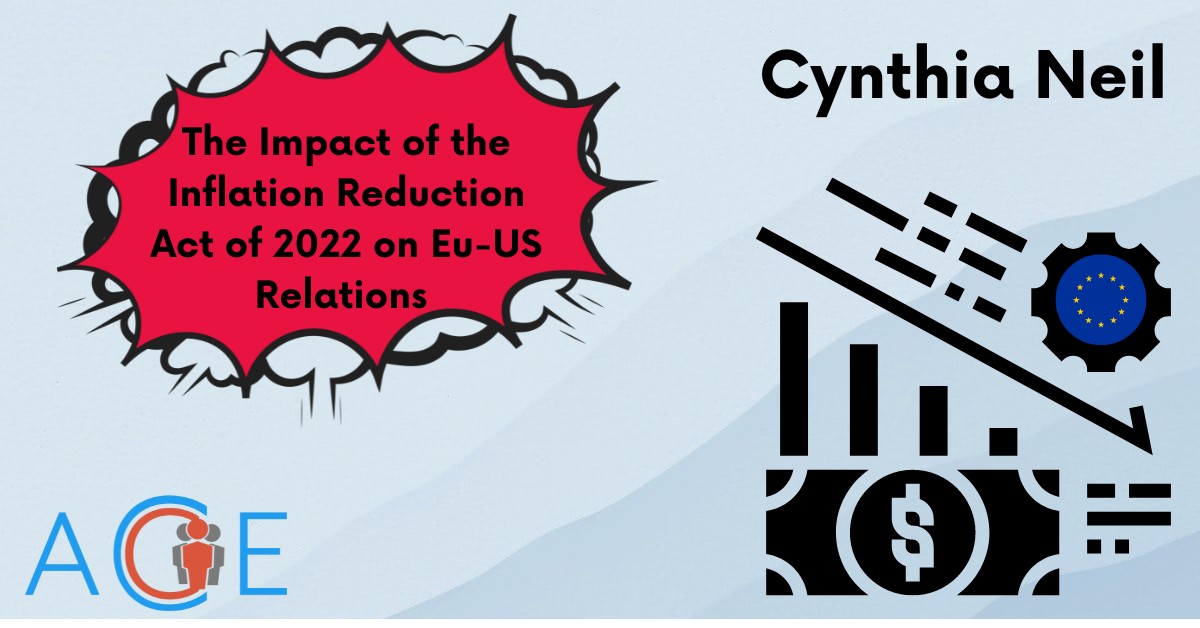The space industry is a collaborative, international field of study. Space agencies rely on states’ diplomatic efforts to establish and sustain partnerships that facilitate manned and unmanned missions to space. The invasion of Ukraine by Russia in 2022 had significant diplomatic ramifications, particularly because Russia is a major player in the space industry. Waves of US and EU sanctions led states to reduce their reliance on Russia for essential equipment and technology, and establish domestic space capabilities. Days before Russia’s invasion began, European Union (EU) astronauts published a manifesto pushing for Europe to pursue a domestic crew launch vehicle to ensure its independent access to space.
Impacts on Space Missions
The European Space Agency (ESA) is experiencing the consequences of depending on the US and Russia for human launch capabilities. With the unavailability of Russia’s Soyuz, the US Dragon spacecraft remains the only option for EU astronauts to travel to the ISS. Additionally, ESA had to cancel its Soyuz launches and delay flagship missions after Russia withdrew its crews from launch sites in response to EU sanctions.The US is taking steps to ensure its own launch capabilities by replacing Russian engines and Ukrainian designs in its fleet with domestic alternatives. In the past, the US had bought Russian engines known for their performance and reliability as part of a space partnership between the two countries. However, in response to Russia’s invasion and the subsequent US sanctions, there is now a shift towards a more nationalistic approach in the space industry. Since the war, Russia has adopted a nationalist approach, creating challenges in NASA’s collaboration with Roscosmos on the ISS. The relationship between the two space agencies has been strained due to heightened tensions, issues with spacecraft, and ambiguous statements from Moscow regarding Russia’s commitment to the station. Russia now claims that it will withdraw from the ISS in 2024, adding to the complexities of the partnership.
Satellites and Space in the War
Russia’s invasion has featured the use of satellites and space infrastructure from the beginning, a unique aspect of modern warfare. Just before the invasion, the Kremlin attempted a large-scale hacking operation targeting satellites used by Ukraine. As the war has unfolded, the balance of satellite power has shifted in favor of Ukraine. Companies worldwide have stepped up to provide various satellite services to Ukraine. Elon Musk’s Starlink satellite internet constellation has been instrumental in providing connectivity and countering communication infrastructure disruptions caused by Russia. Additionally, satellite imagery companies like Maxar and Planet Labs have offered high-resolution imagery from their Earth-observing CubeSats for free online. This not only documents the progression of the war but also equips Ukraine with valuable tactical information for troop positioning, monitoring enemy movements, and countering Russia’s misinformation campaign about the war.
Future of Space Collaboration
Despite disruptions to global cooperation in space, there have been promising collaborative developments. NASA and Roscosmos successfully negotiated a seat swap during the conflict, with two Russian and two American astronauts flying to the ISS on Dragon and Soyuz spacecraft, respectively. Americans flying on the Soyuz returned home safely in compliance with international laws. After leadership changes in both space programs, tensions have eased, and there is hope that this niche of cooperation will continue despite diplomatic tensions.
While the war continues, predicting the future of this East-West space partnership remains uncertain. However, space will undoubtedly remain an important aspect of the relationship between these two countries.









